💎 Where to Buy Weed Grinder (2025 Buyer’s Guide) ❓

Short answer: there are a few great places — but the best “where” depends on what you value most (price, materials, warranty, speed, or aesthetics). Let’s break it down simply and help you choose with confidence.
Quick Answer ✅
If you’re asking “where to buy weed grinder” today, think in three lanes:
- Direct Brands — best for consistent quality, real warranties, and customer support.
- Specialty Online Stores — wide selection and frequent deals; easy to compare styles, materials, and sizes.
- Local Shops — instant pickup, hands-on feel, no shipping. Great when you want to physically test the grind.
Prefer fewer moving parts and long-term durability? Consider a premium metal weed grinder. Want budget-friendly and colorful? Entry-level aluminum or acrylic can work, but read the red-flags section first.
Where to Buy (Pros & Cons) 🛒
1) Direct from Brands 🏷️
Pros: authentic products, manufacturer warranties, latest drops, better QC. Cons: selection focused on one brand; prices can be firm.
2) Specialty Online Retailers 🌐
Pros: huge variety (2-pc to 4-pc, aluminum to stainless, compact to jumbo), tiered pricing, bundle deals, reviews. Cons: can be overwhelming; quality varies by vendor.
3) Local Shops 🏪
Pros: feel the machining, test the magnet, check for wobble; immediate ownership. Cons: smaller catalog; pricing may be higher than online.
Price Tiers & What You Actually Get 💵
| Tier | Typical Price | What You Get | Who It’s For |
|---|---|---|---|
| Entry | $10–$25 | Basic 2–4 pc; lighter materials; OK for casual use; can dull sooner. | First-timers, backup grinder, travel. |
| Mid | $30–$70 | Better aluminum, diamond teeth, stronger magnets, smoother threads. | Daily users who want value + reliability. |
| Premium | $80–$150+ | High-grade anodized aluminum or stainless, tight tolerances, consistent grind, modular options. | Enthusiasts who care about longevity and feel. |
Weed Grinder Materials 101: Aluminum vs. Stainless vs. Others ⚙️
Aluminum (often 6061-T6)
Lightweight, strong for its weight, takes anodizing well (helps surface durability and color), and can be recycled. Great balance of price and performance when well-machined.
Stainless Steel 🛡️
Heavier, extremely durable, and resistant to wear. Grind stays consistent over time; threads feel “buttery” when tolerances are tight. Usually costs more but lasts longest.
Other Materials
Wood, acrylic, stone, or hybrid designs exist and can look awesome. Expect more variation in consistency and long-term durability—choose for style or specific use cases.
How to choose:
- Want light, colorful, and affordable? Aluminum (quality-anodized) is your sweet spot.
- Want heirloom-level durability? Stainless steel is king.
- Buying for aesthetics or novelty? Explore wood/stone/hybrids, but check teeth and threads carefully.
Sizes, Teeth & Chambers Explained 📐
Common Diameters
- Mini (≤ 1.75") — pocketable, quick sessions.
- Standard (2.0"–2.5") — everyday sweet spot.
- Large (≥ 2.7") — batch grinding, fewer refills.
Teeth
Diamond-style is most popular for a fluffy, even grind. More teeth ≠ always better; it’s about sharpness + layout + clearance. Look for uniform, cleanly machined teeth with no burrs.
Chambers
- 2-piece: simplest, fast, fewer parts to clean.
- 3-piece: adds a storage chamber.
- 4-piece: adds a fine screen compartment for pollen collection.
Quick pick guide
- Minimalist or travel? 2-piece.
- Daily grinder with storage? 3-piece.
- Like collecting fine crystals? 4-piece.
Useful Extras & Features
- Magnetic lids: reduce spills and keep the lid seated nicely.
- Replaceable screens: extend the life of 4-piece setups.
- Textured grips / knurling: easier twist, especially with dry hands.
- Viewing windows: see your grind level at a glance.
- Modular plates: swap grind sizes for different preferences.
Red Flags & Counterfeit Checklist 🚩
- Paint or color rubbed off on a tissue after a light wipe.
- Metal shavings or gritty dust in threads straight out of the box.
- Lid wobble (magnet doesn’t seat confidently).
- Teeth misaligned or inconsistent heights.
- Oversoft aluminum that dents easily with a fingernail press.
- Strong chemical smell that doesn’t rinse away.
- “Too-good” price for a model usually sold premium elsewhere.
The 60-Second Quality Test ⏱️
- Thread Spin: open/close twice. Should feel smooth, no gritty drag, and no squeaks.
- Magnet Check: hold the lid sideways; it should stay seated without help.
- Light Test: hold the closed seam to a bright light. You shouldn’t see obvious gaps.
- Tooth Check: teeth edges should be clean and uniform; tap gently — no rattly parts.
- Paper Wipe: white paper towel wipe inside; there should be no gray streaks or flakes.
Care, Cleaning & Longevity
Every grinder performs better and lasts longer with occasional care. Brush out loose particles after sessions. For deeper cleans: disassemble, soak metal parts in isopropyl alcohol briefly, wipe, rinse with warm water, dry completely, and add a tiny touch of food-grade lubricant to threads if needed.
Upgrade Pick: Our Weed Grinder 💎
Why our grinder gets daily-driver status ✨
- Precisely machined for a consistent, fluffy result — day after day.
- Strong lid magnet with a snug, wobble-free seat.
- Sharp, uniform teeth designed to reduce clumping.
- Smooth threads with easy start (no cross-threading drama).
- Balanced size options: mini for pockets, standard for daily use, large for batches.
Looking for a gift-worthy finish or custom branding? We’ve got you. Our team can personalize runs for events, shops, and growing brands. 🎁
FAQs ❓
1) What size weed grinder should I buy? 📏
Standard 2.0–2.5 inch suits most people. Go mini for pockets or large for batch prep.
2) Is stainless better than aluminum? 🥇
Stainless is the durability champ and holds sharpness longer. Quality aluminum is lighter and more affordable.
3) 2-piece vs. 4-piece — which is best?
2-piece is simple and fast. 4-piece adds a fine screen compartment for collecting crystals. Choose based on how you like to use and store your grind.
4) Do magnetic lids really matter?
Yes — they reduce spills and keep the lid aligned during use and transport.
5) How often should I clean my grinder?
Light brush after sessions; deep clean every few weeks with isopropyl on metal parts, then rinse and dry fully.
6) What’s the best value tier? 💸
Mid-tier ($30–$70) hits the sweet spot for most users: solid materials, reliable magnets, good threads.
7) Are “windowed” grinders worth it? 👀
If you like visual feedback, yes. Just make sure the window is durable and sealed well.


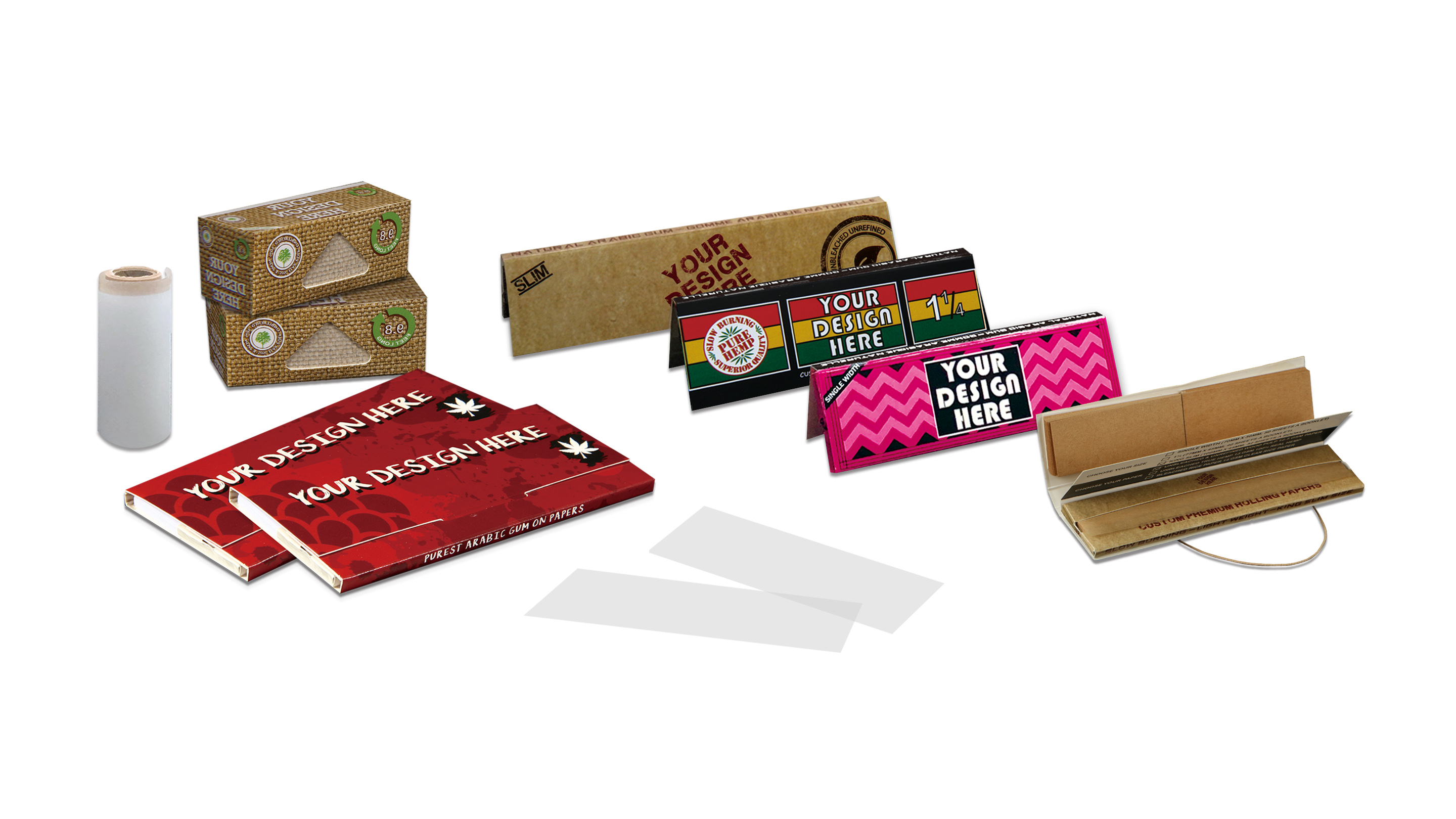
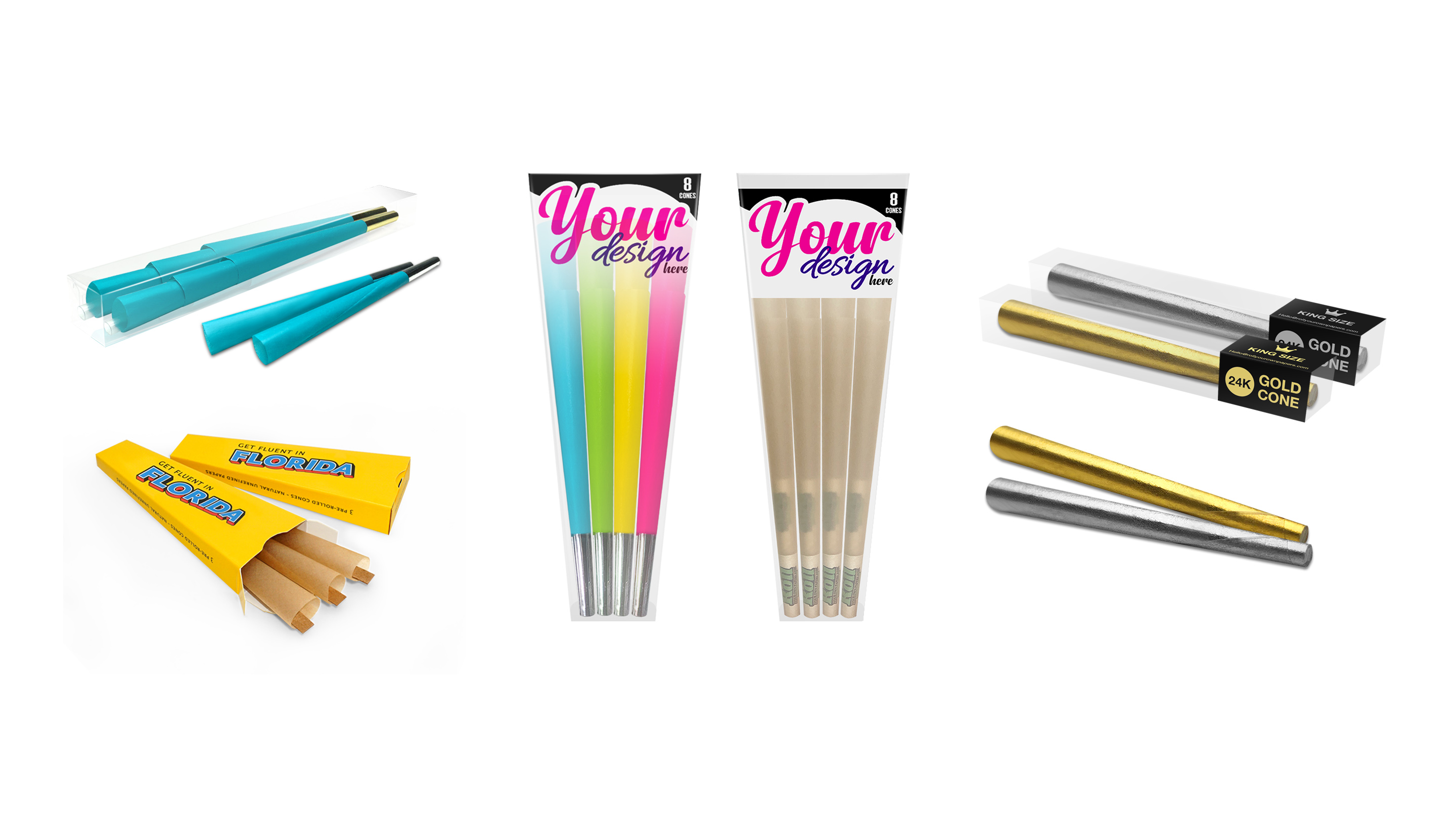
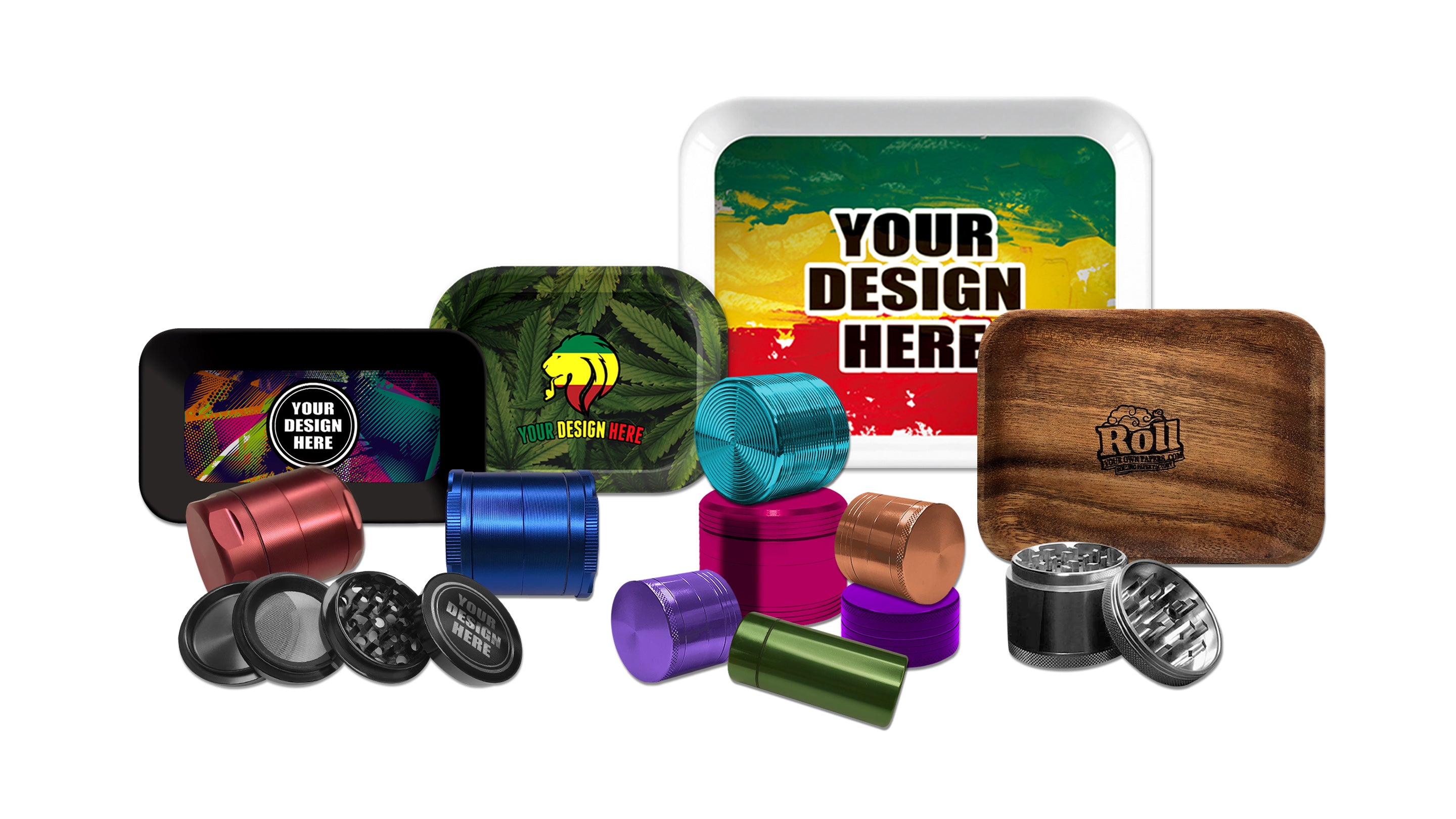
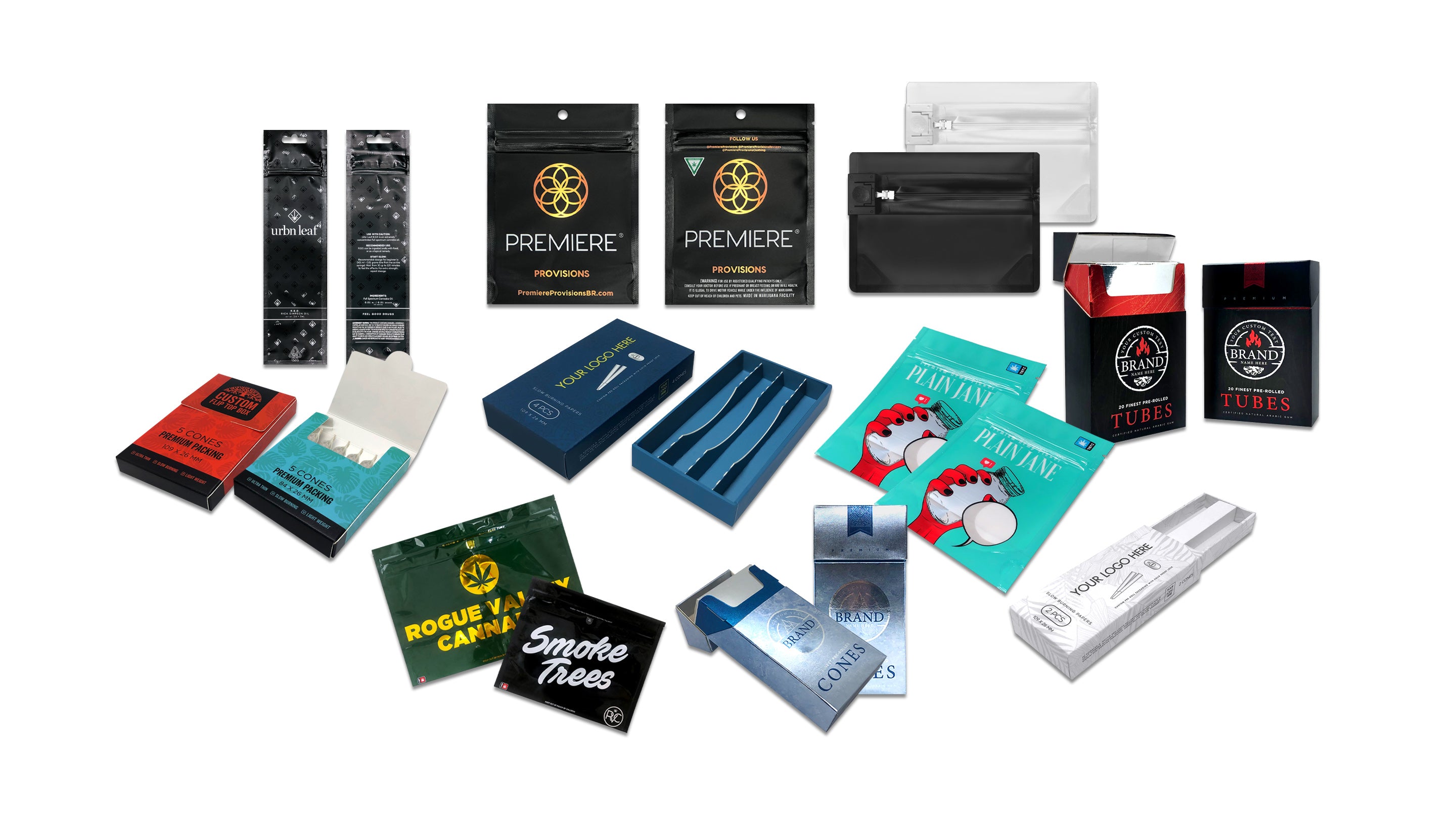
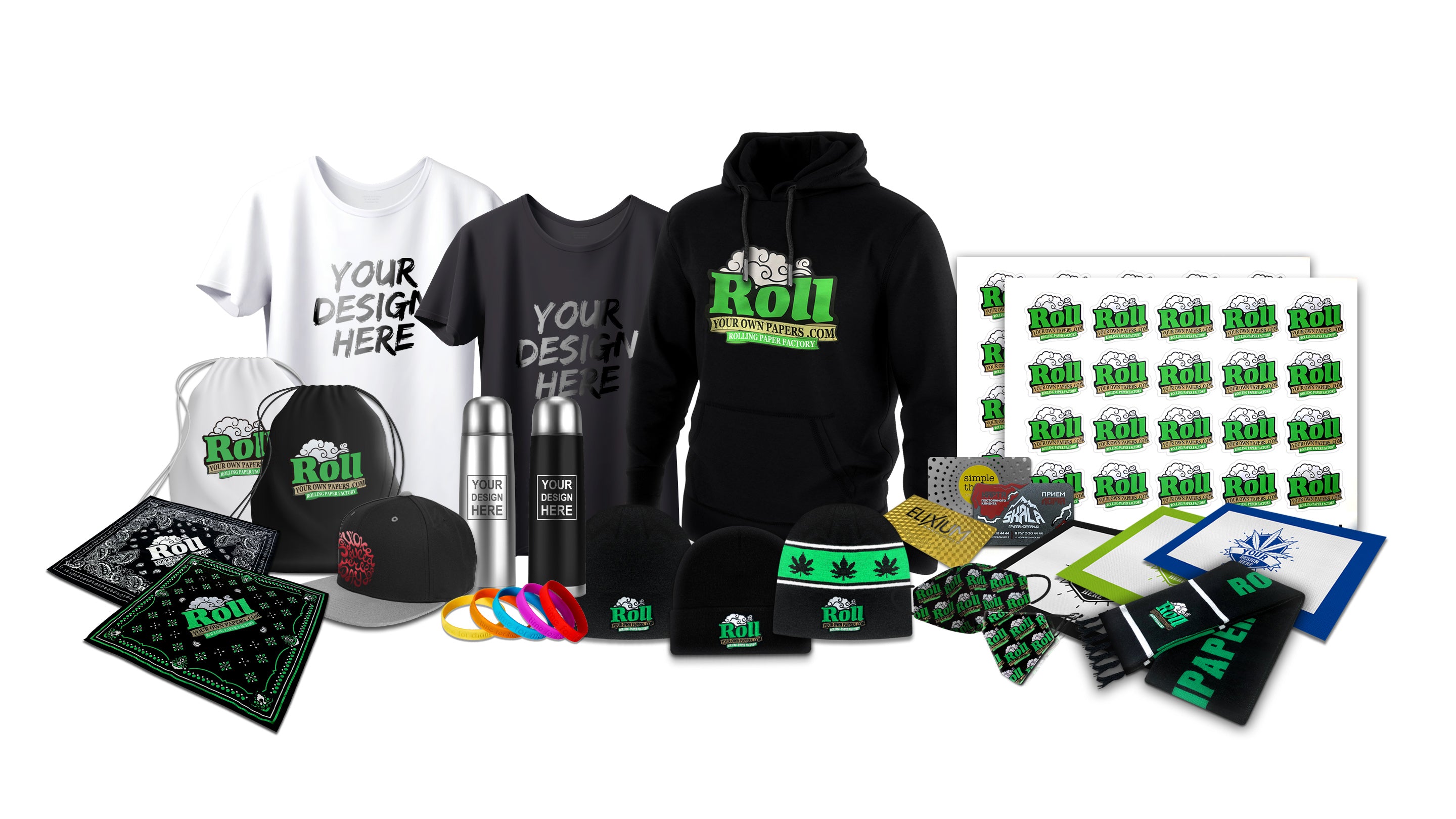
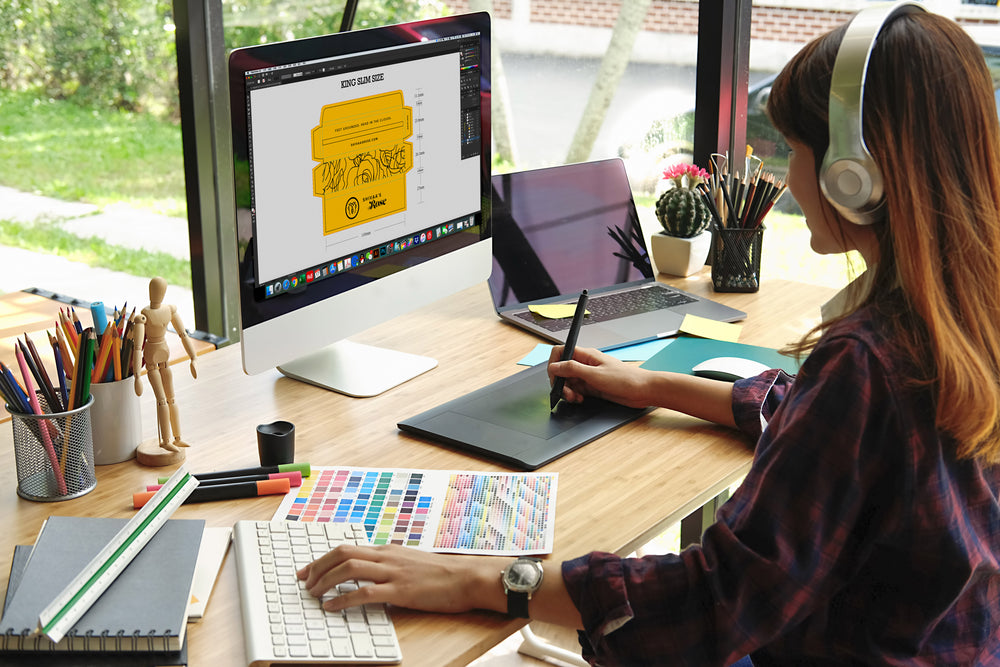






Leave a comment